Inspired by the roots of Minimalist design
In Essence
-
FM61 Cubic Lounge Chairs Set by Radboud Van Beekum for Pastoe, the Netherlands, 1980s
Photo © Studio Nine Design
-
Mid-Century Oval Dining Table by Alfred Hendrickx for Belform, 1960s
Photo © City Furniture
-
Togo Lounge Chairs by Michel Ducaroy for Ligne Roset, 1970s
Photo © Seconda Giovinezza s.n.c. di Pasqualotti Andrea e Iannucci Antonio
-
Abstracta Shelving Unit by Poul Cadovius
Photo © Nome Furniture BV
-
Rustic Elmwood Dining Table in the Style of Pierre Chapo, Craftsmanship, 1960s by Marcel Breuer
Photo © Goldwood
-
Zig Zag Chair by Gerrit Rietveld for Cassina, 1980s
Photo © Eklektik
-
Barcelona Lounge Chair by Ludwig Mies Van Der Rohe for Knoll International, 1960s
Photo © MGDesign
-
Wassily Chairs by Marcel Breuer from Gavina
Photo © The Dutch Villa
-
Barcelona Chair by Mies Van Der Rohe for Knoll, 1980s
Photo © Goldwood
-
Arc Lamp by Archille & Piere Castiglioni for Flos, 1962
Photo © WAUW.BE
-
S33 Chairs by Mart Stam for Thonet, 1926
Photo © Adore Modern
-
Ceiling Lamp by Rodolfo Bonetto for Luci, 1970s
Photo © City Furniture
-
Seconda Chairs by Mario Botta for Alias, 1982
Photo © Garage
In his landmark 1908 treatise, Ornament and Crime, the truculent but prescient Austrian-Czech architect Adolf Loos wrote, “The development of culture is concurrent with the removal of ornaments from objects of daily use.” Railing against the over-florid decoration flowing forth from the Art Nouveau movement at the time, he argued that the most sophisticated among us prefer furniture and domestic accessories that feature plain surfaces, honest materials, and what would—much later—be dubbed minimalist aesthetics.
Today, of course, we’re more democratic about taste, and it’s perfectly respectable to appreciate both the Baroque and the Spartan. But for those who favor the super simple, read on to discover how the great moments in minimalist design history can be mined for contemporary inspiration.
The 1960s Art Movement
The term minimalism grew out of the New York-based Minimal Art movement of 1960s, which gave us the platonic-geometric work of Robert Morris, Sol LeWitt, Frank Stella, and others. Ironically, many Minimal artists created sculptures that were inspired by the clean forms of modernist design.
One of the greatest masters of Minimal Art, Donald Judd, sparsely appointed his own Manhattan loft with rectilinear, raw plywood furniture that he designed and set alongside classics from modernist pioneers like Alvar Aalto, Gerrit Rietveld, and Thonet. Since that era, the term “minimalism,” has been deployed to refer to any object or interior featuring a marked reduction of form. Choosing tried-and-true designs that favor raw function over plush forms remains a key component of minimalist interiors to this day.
Learning from the Bauhaus
Before minimalism was called minimalism, the Bauhaus School in Weimar in the 1920s advocated for designs that used the least amount of material possible. Marcel Breuer, Mart Stam, and their cohorts articulated this goal for a number of practical reasons: less expensive manufacturing, greater portability, and easier cleaning.
In time though, the stripped back Bauhausian aesthetic became an end to itself. All those slender cantilevered chairs and bent tubular steel structures occupy less space. And minimalists are all about embracing the light airiness that comes with lots of empty space. Minimalist interiors feature not only restrained silhouettes, but also fewer objects overall.
Less is More (But God is in the Details)
The famous adage “less is more” originated with midcentury German-American master Ludwig Mies van der Rohe—although some say it is his mentor, German designer Peter Behrens, who deserves the credit. Given that this phrase encompasses so succinctly all things minimalist, one can be forgiven for thinking that Mies van der Rohe was in favor of austere designs. But nothing could be further from the truth.
Take his iconic Barcelona Chair (1929); it’s as sleek as can be but was always rather expensive to produce, and its tufted, leather-clad cushions were crafted for royalty (quite literally for the king and queen of Spain). Miesian interiors, while sparsely furnished, make generous use of lux materials, like marble, travertine, and richly grained exotic woods. Remember, Mies also said, “God is in the details.” The number of elements may be limited, but each can contribute mightily for maximal impact.
Less, But Better
One of the most widely revered proponents of minimalist design is German designer Dieter Rams. A consummate champion of thoroughly thought-out designs, he’s deemed beyond reproach by just about every serious design lover. “Good design is as little design as possible,” he wrote in his Ten Principles for Good Design. “Less, but better—because it concentrates on the essential aspects, and the products are not burdened with non-essentials. Back to purity; back to simplicity.”
Here Rams reminds us that when you go minimalist, you should plan first, taking into consideration the way you live and how you want to feel while going about your everyday. Another minimalist pro tip: choose quality materials and craftsmanship, so you know your stuff will last.
"Minimalism is defined by the rightness of what is there and by the richness with which this is experienced."
Monochromatic, Transparent, Unified
Japanese designer Shiro Kuramata achieved international fame in the 1980s at the height of the Memphis craze, to which he was a key contributor. But he took on postmodernism in his own way. His designs drew upon a much more limited palette of materials than his contemporaries. And instead of adopting the riotous aesthetic of the era, Kuramata created objects that seem to disappear, using transparent glass and acrylic, or, in the case of his interiors, using the same materials on multiple surfaces of the room.
Kuramata famously said, "My ideal is to see objects floating in the air with no support…. I am attracted to transparent materials because transparency does not belong to any special place but it exists and is everywhere, nevertheless." Nothing makes a minimalist interior pop like an ultra-limited palette of colors and materials.
The Purist Pleasures of the ’90s
In the 1990s, an entire generation of minimalist architects and designers came to prominence—Peter Zumthor, John Pawson, Naoto Fukasawa, Tadao Ando, Jasper Morrison, Maarten van Severen, and more—each in his own way reacting against the excesses of the late-20th-century design industry. Living simply, banishing the unnecessary, and focusing on what matters most became their shared rallying cry.
But no one said you have to purge pleasure from your life. As Pawson has explained, “Minimalism is not an architecture of self-denial, deprivation, or absence; it is defined not by what is not there, but by the rightness of what is there and by the richness with which this is experienced.” Embrace what gives you joy and makes your life easier. Chuck the rest.
Strive for Supernormal
In the 21st century, Morrison and Fukasawa went on to develop the concept of the Supernormal, a term they used to praise everyday designs that work exceedingly well and make our daily tasks more enjoyable—especially when the formal qualities of these objects have a subtle, humble demeanor.
"The objects that really make a difference to our lives are often the least noticeable ones that don't try to grab our attention,” Morrison has said. “They're the things that add something to the atmosphere of our homes and that we'd miss the most if they disappeared. That's why they're 'super normal.'" From scissors and dish drains to sofas and lamps, a minimalist lifestyle requires that the few you things you own perform their duties to the highest standards.
Create ! Moments
Japanese studio Nendo, led by Oki Sato, started making design waves in the early aughts and remains one of the most sought after talents on the international design scene today. Like Kuramata before him, Sato has a penchant for using monochromatic palettes, reduced forms, and even transparency to tremendous effect. This is what Sato calls “giving people a small ‘!’ moment.”
Just look to the optical feast that is Nendo’s 2010 Thin Black Lines collection. Using nothing more than black enameled steel bars—a preferred minimalist material—Nendo’s collection electrified critics and collectors. Sato explains it like this: “I like my designs very simple, but I don’t want to make them cold. It always needs a pinch of humor or friendliness.”
While the principles of minimalism include serious directives—reduce forms, limit palettes, eliminate waste, and leave plenty of open spaces—there’s always room to have some fun.
For more minimalist inspriation, scroll through the slideshow above!
-
Text by
-
Wava Carpenter
After studying Design History, Wava has worn many hats in support of design culture: teaching design studies, curating exhibitions, overseeing commissions, organizing talks, writing articles—all of which informs her work now as Pamono’s Editor-in-Chief.
-
-
Text by
-
Órlaith Moore
Originally from Ireland, Órlaith studied French and history, and inevitably fell in love with architecture and design while working as a tour guide on the Eiffel Tower. Since moving to Berlin, she’s committed to creating a beautiful, encyclopedic guide of vintage designers for Pamono, mastering the complexities of German grammar, and discovering every Biergarten in the city.
-
More to Love
Vintage Bauhaus Chromed Stool by Mart Stam for Mücke Melder

Mid-Century French Industrial Lamp from Jieldé
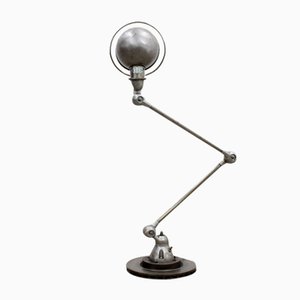
Friedlaender Ceramic Cups by R.EH for Reiss, Set of 4
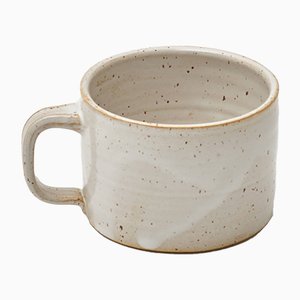
Large Ceramic Plates by R.EH for Reiss, Set of 4
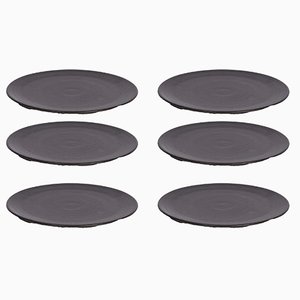
dePostura from Mario Milana
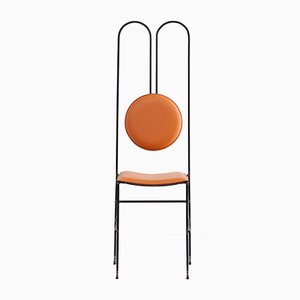
Vintage Umbrella Stand by Shiro Kuramata for Pastoe, 1986
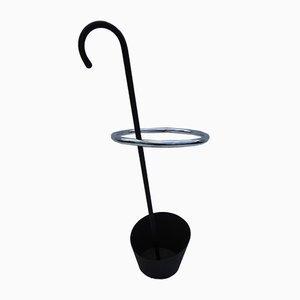
Cast Bowl by John Pawson
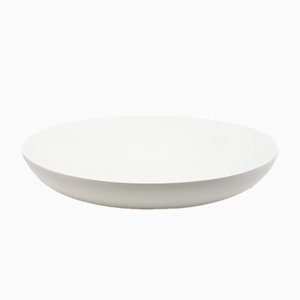
No.19 White Side Table by Studio Pascal Howe
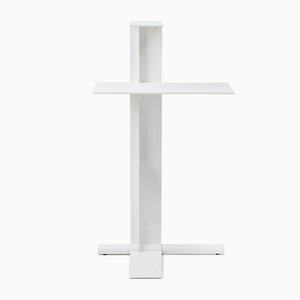
MLLE ARMOIRE [v1] Clothes Unit by Andreas Radlinger
![MLLE ARMOIRE [v1] Clothes Unit by Andreas Radlinger](https://cdn20.pamono.com/p/m/2/6/268754_zzxp7d3bwr/mlle-armoire-v1-clothes-unit-by-andreas-radlinger.jpg)
Shogun Parete Wall Lamp by Mario Botta for Artemide

Sgabillo Stool by Max Bill for Zanotta

Ghost Lamp by Shiro Kuramata, 1980s
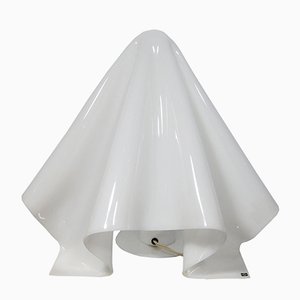
Minimalistic Dining Table, 1970s
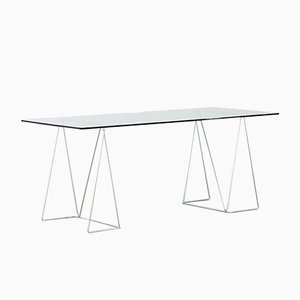
Swedish Pine Side Chair by Carl Malmsten for Svensk Fur, 1950s
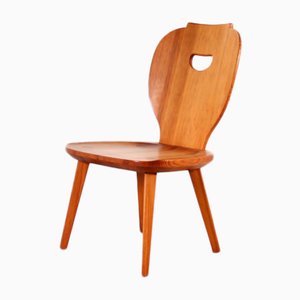
Essenza Floor Lamp by Cicchinè Roberto for Marco Ripa
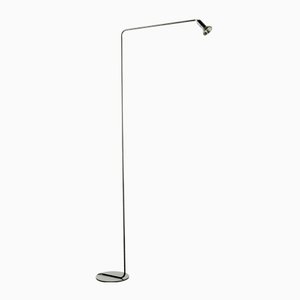
Chrome and Leather Brno Chair by Mies van der Rohe for Knoll, 1930s
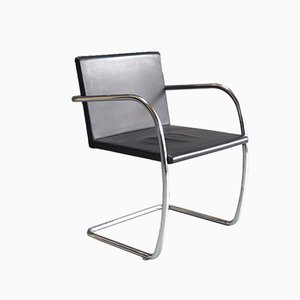














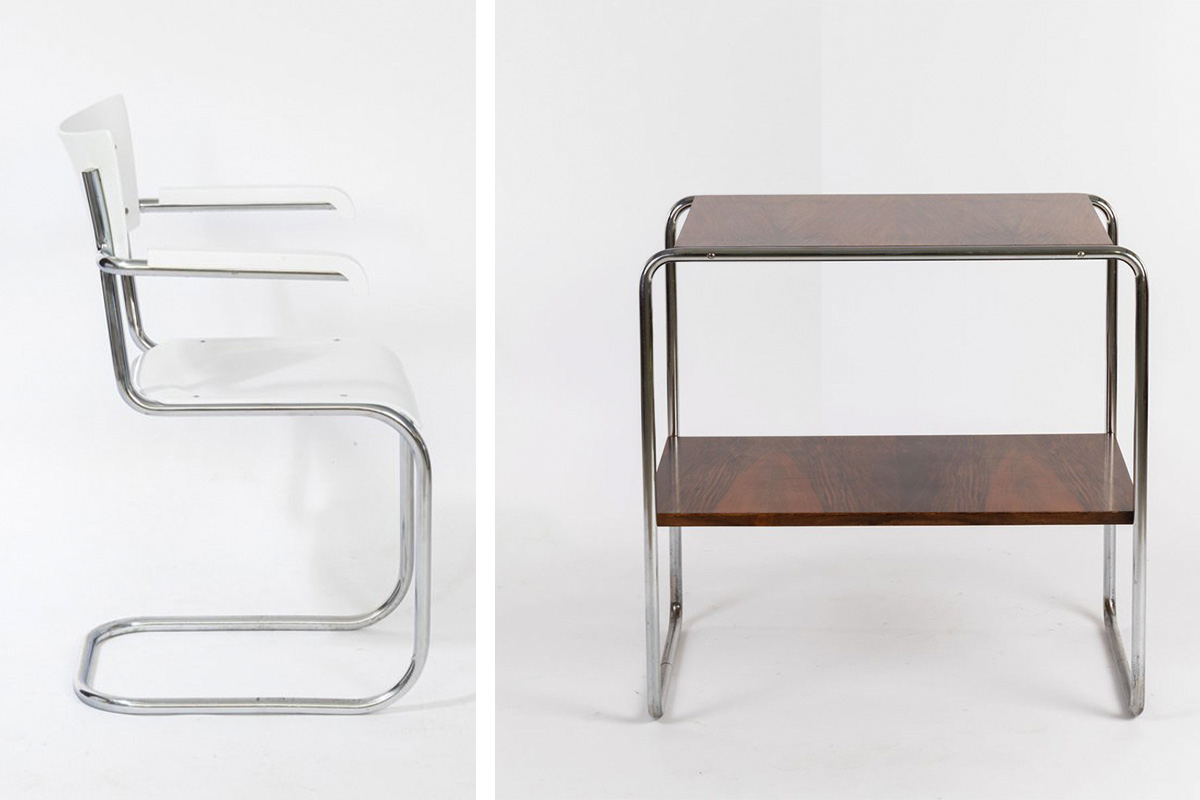 Bauhaus Side Table or Shelf by Marcel Breuer, 1930s / Bauhaus Armchair by Mart Stam, 1930s
Photo © Zeitlos By Drozd
Bauhaus Side Table or Shelf by Marcel Breuer, 1930s / Bauhaus Armchair by Mart Stam, 1930s
Photo © Zeitlos By Drozd
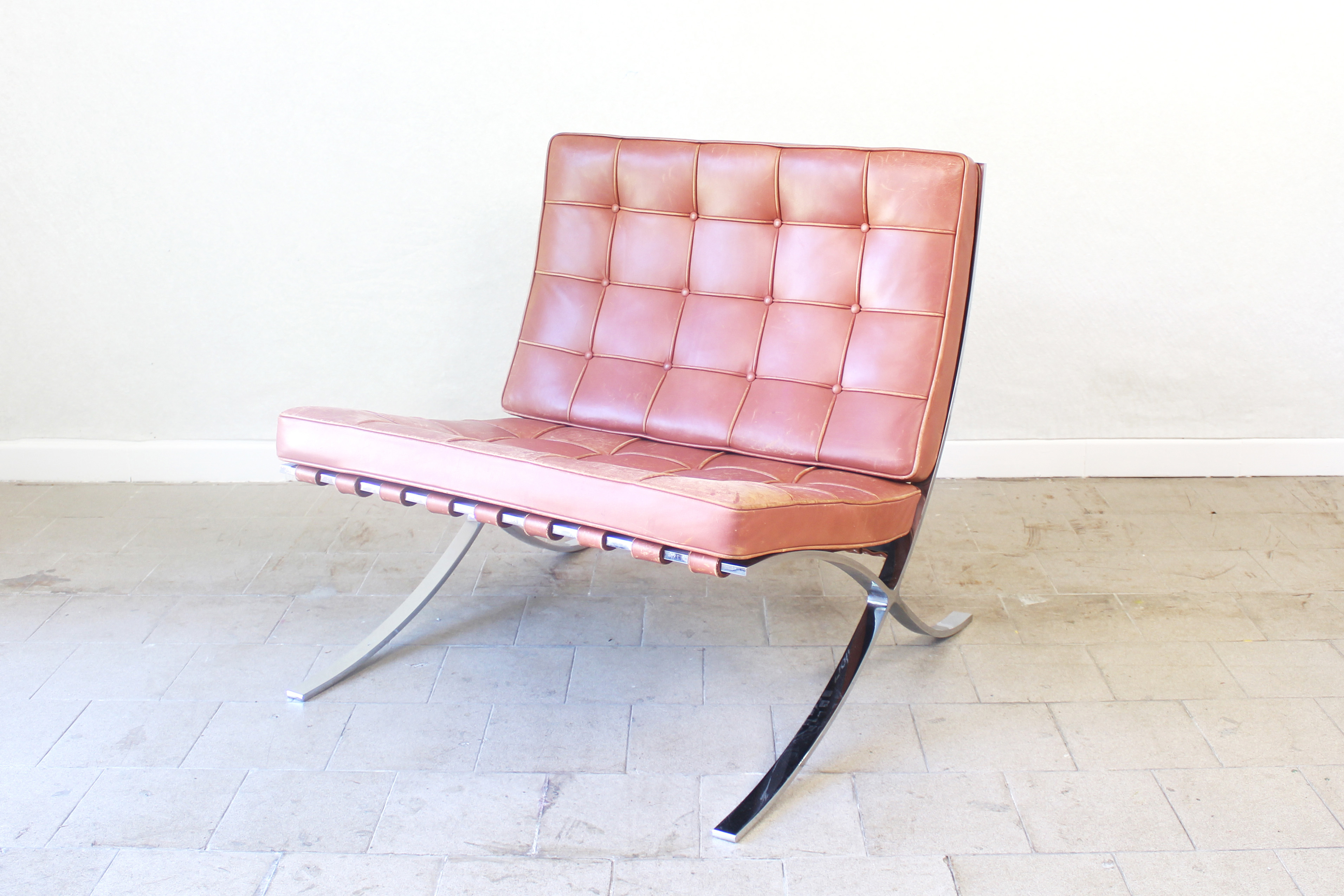 Barcelona Lounge Chair by Ludwig Mies Van Der Rohe for Knoll International, 1960s
Photo © MGDesign
Barcelona Lounge Chair by Ludwig Mies Van Der Rohe for Knoll International, 1960s
Photo © MGDesign
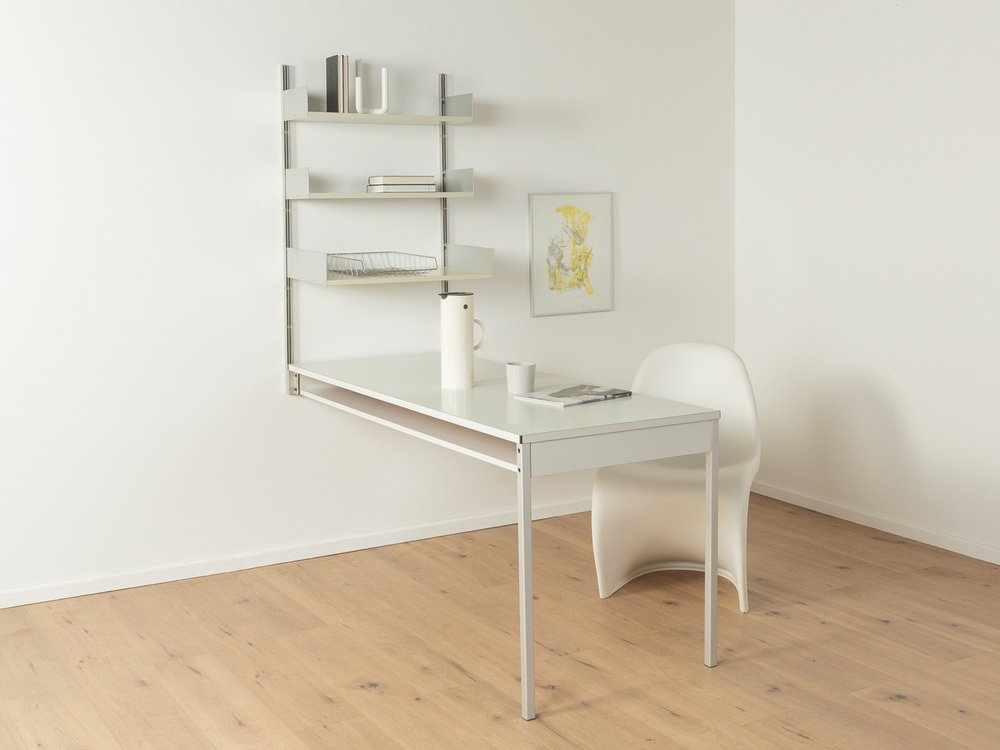 Shelf System 606 by Dieter Rams for Vitsœ, 1960s
Photo © Mid Century Friends
Shelf System 606 by Dieter Rams for Vitsœ, 1960s
Photo © Mid Century Friends
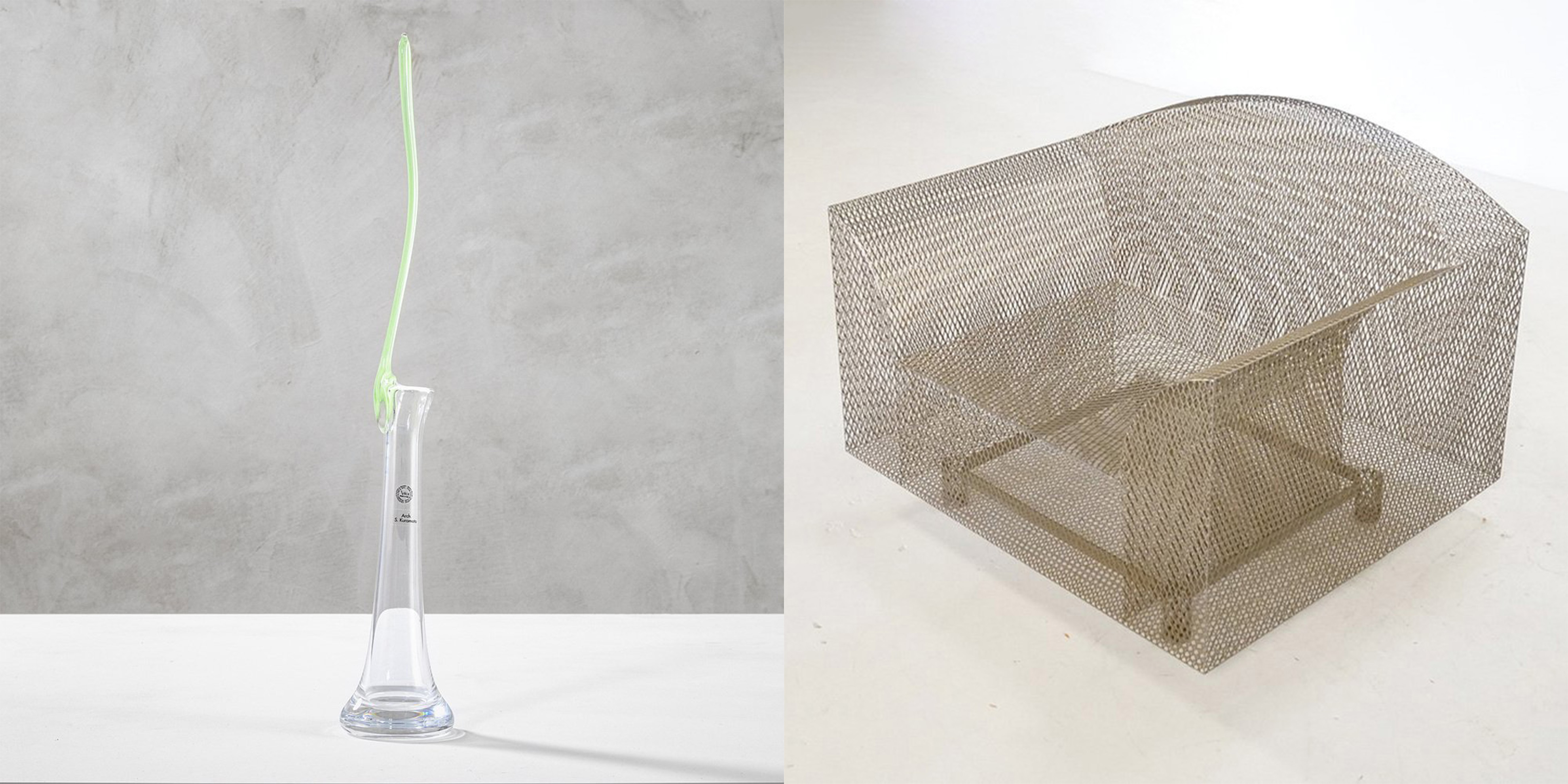 Small Ikebana Vase by Shiro Kuramata for Crystalleria, 1980s / How High the Moon Armchair by Shiro Kuramata for Vitra
Photo © Alessio Possamai Docks Dora/ Photo © Objekt B.V.
Small Ikebana Vase by Shiro Kuramata for Crystalleria, 1980s / How High the Moon Armchair by Shiro Kuramata for Vitra
Photo © Alessio Possamai Docks Dora/ Photo © Objekt B.V.

